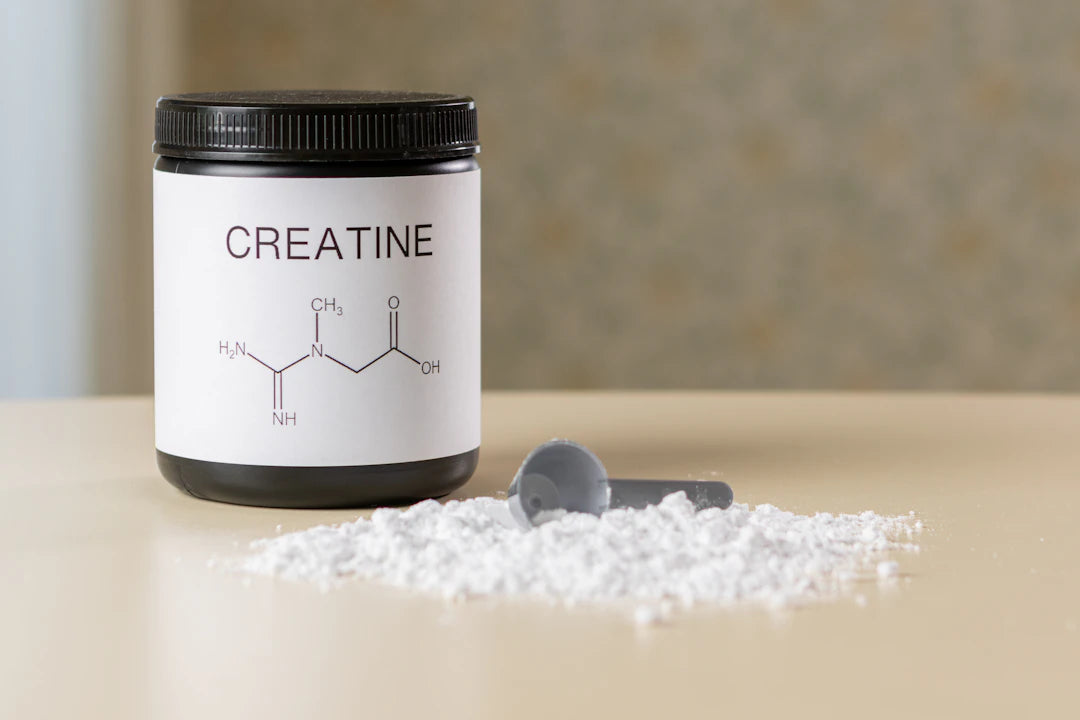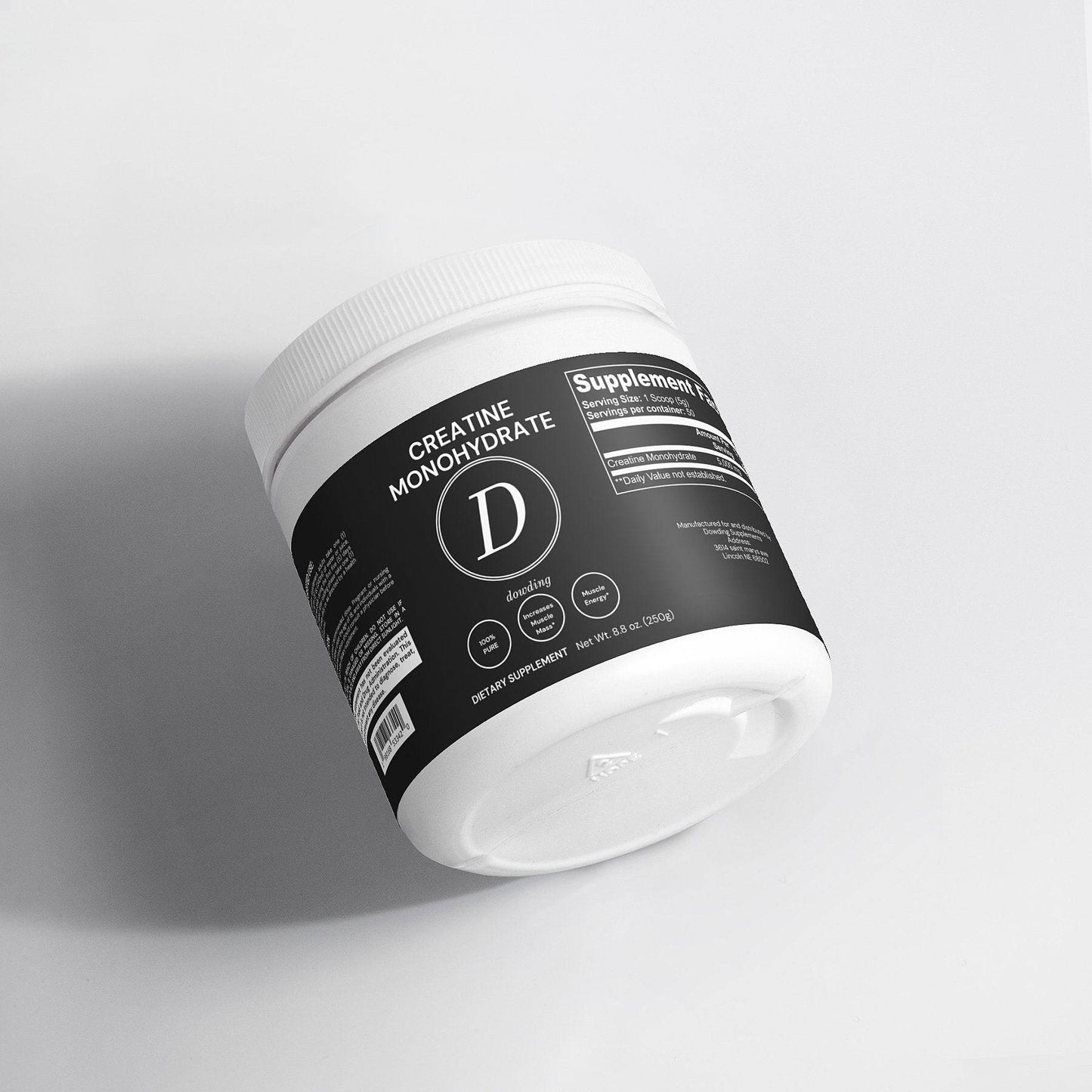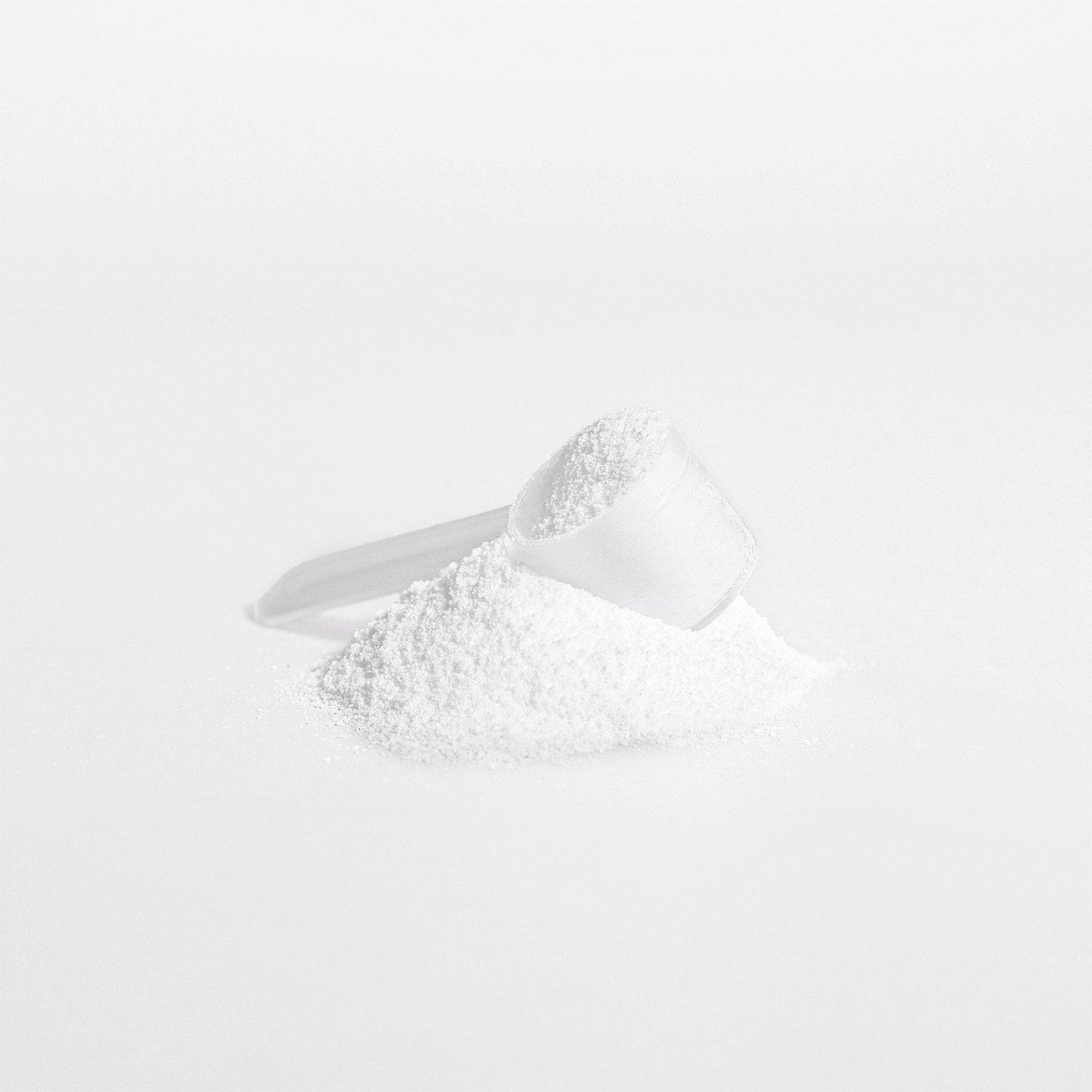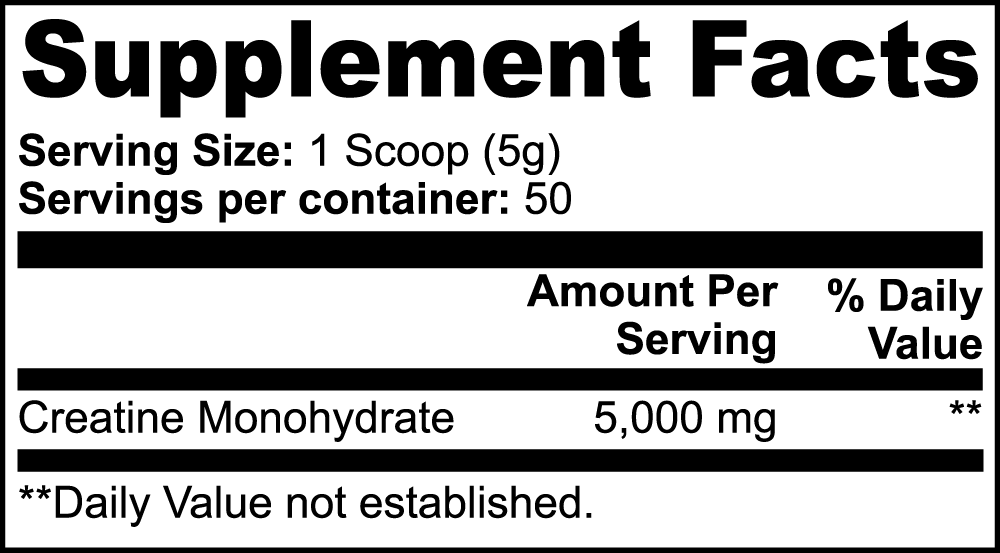
Unlock Your Potential: Creatine Monohydrate Explained
Frequently Asked Questions
1. What is Creatine Monohydrate?
2. How does Creatine Monohydrate enhance athletic performance?
3. What are the benefits of taking Creatine Monohydrate?
4. How should Creatine Monohydrate be used?
5. Are there any side effects associated with Creatine Monohydrate?
If you're looking to enhance your athletic performance, you may have stumbled upon the term "Creatine Monohydrate." This powerful and popular supplement has been a game changer in the world of sports and fitness. In this article, we’ll dive deep into what Creatine Monohydrate is, how it works, and why it should be a staple in your supplement routine. So, let’s get started!
What is Creatine Monohydrate?
Creatine Monohydrate is a naturally occurring compound found in small amounts in certain foods. It consists of three amino acids: arginine, glycine, and methionine. Primarily stored in your muscles, Creatine is crucial in the production of adenosine triphosphate (ATP), which is the primary energy currency of your cells. When you engage in high-intensity exercise, your body utilizes ATP as a quick source of energy.
Where Does Creatine Come From?
Your body can produce some creatine on its own, but it can also be obtained through dietary sources. Foods rich in creatine include:
- Red meat
- Poultry
- Fish
However, consuming these foods alone may not yield sufficient levels of Creatine Monohydrate to support significant athletic performance. That’s where creatine supplements come into play.
How Does Creatine Monohydrate Work?
But the big question remains: how does Creatine Monohydrate actually work to enhance performance? Let's explore the mechanisms behind this popular supplement.
Energy Production
During intense training or explosive movement, your body quickly needs energy. This is where ATP comes in. However, ATP stores are limited and deplete quickly. Creatine Monohydrate aids in regenerating ATP, allowing you to maintain high-intensity efforts for a longer period. When your ATP levels are replenished, you can push harder and train more effectively.
Muscle Growth and Recovery
Supplementing with Creatine Monohydrate not only enhances performance but also supports muscle growth. Here’s how:
- Increased Water Retention: Creatine helps attract water into your muscle cells, contributing to a fuller and bigger appearance.
- Reduced Muscle Damage: It has been shown to decrease muscle cell damage and inflammation after intense workouts, allowing for faster recovery.
- Improved Hormonal Response: Creatine supplementation can elevate levels of insulin-like growth factor 1 (IGF-1), which plays a role in muscle growth.
Benefits of Creatine Monohydrate
Now that we understand how Creatine Monohydrate works, let’s look at some of its key benefits.
Enhanced Performance
Research has consistently shown that Creatine Monohydrate can improve performance in various high-intensity and explosive activities, such as:
- Weightlifting
- Sprints
- Jumping exercises
- High-intensity interval training (HIIT)
If your goal is to improve strength, power, or endurance, incorporating creatine supplements into your routine could provide significant advantages.
Increased Muscle Mass
Studies have indicated that creatine supplementation positively influences muscle mass gain when combined with resistance training. This increase can be attributed to both water retention in your muscles and enhanced protein synthesis.
Brain Health
Emerging research suggests that Creatine Monohydrate may also provide neuroprotective benefits. It may help maintain cognitive function during sleep deprivation or intense mental tasks. Although this area requires further research, the implications are promising.
Types of Creatine Supplements
While Creatine Monohydrate is the most researched and widely consumed form of creatine, other types are available, including:
- Creatine Ethyl Ester: Promoted for enhanced absorption and efficacy, but lacks the same level of scientific support.
- Buffered Creatine: This version aims to reduce side effects but may not be as effective as Monohydrate.
- Creatine HCL: A more soluble form, often marketed as easier on the stomach.
Despite these alternatives, most research supports Creatine Monohydrate as the most effective and reliable form for performance enhancement.
How to Use Creatine Monohydrate
Incorporating Creatine Monohydrate into your routine can be simple. Here are some effective strategies:
Loading Phase
Many athletes opt for a loading phase to saturate their muscles quickly. This typically involves:
- Taking 20 grams per day (divided into 4 doses) for 5-7 days.
Maintenance Phase
After the loading phase, switch to a maintenance dose of:
- 3-5 grams per day.
It's important to note that you can skip the loading phase and stick to the maintenance dose; however, it may take longer to see the benefits.
Timing and Mixing Creatine
When is the best time to take Creatine Monohydrate? Research has suggested that consuming it post-workout can be beneficial, ideally mixed with a carbohydrate source to facilitate absorption. This can be as simple as mixing it with a protein shake or juice.
Safety and Side Effects
Creatine Monohydrate is generally safe for healthy individuals when taken at recommended doses. However, some may experience mild side effects, such as:
- Gastrointestinal discomfort
- Muscle cramping
It's recommended to stay hydrated while taking creatine supplements to minimize the risk of side effects. If you have any preexisting health conditions or concerns, consulting with a healthcare provider before starting any supplement regimen is advisable.
Finding the Right Creatine Supplement
When searching for a creatine supplement, keep these tips in mind:
- Opt for high-quality, pure Creatine Monohydrate with minimal additives.
- Look for third-party testing to ensure product safety and efficacy.
- Consider user reviews and ratings to gauge effectiveness and experience.
Remember, knowledge is power. Understanding the science behind Creatine Monohydrate will help you make informed decisions about your supplementation strategy.
Final Thoughts: Fuel Your Fitness Journey
Integrating Creatine Monohydrate into your fitness routine can unlock new levels of performance, pushing you closer to your goals. Whether you're a seasoned athlete or just starting your fitness journey, the benefits of creatine supplementation are hard to overlook. With enhanced energy production, muscle growth support, and potential cognitive benefits, it's no wonder that Creatine Monohydrate remains a staple in the supplement world.
So why wait? Make Creatine Monohydrate a cornerstone of your athletic arsenal and watch as you take your performance to new heights. Embrace the power of creatine and fuel your fitness journey today!





